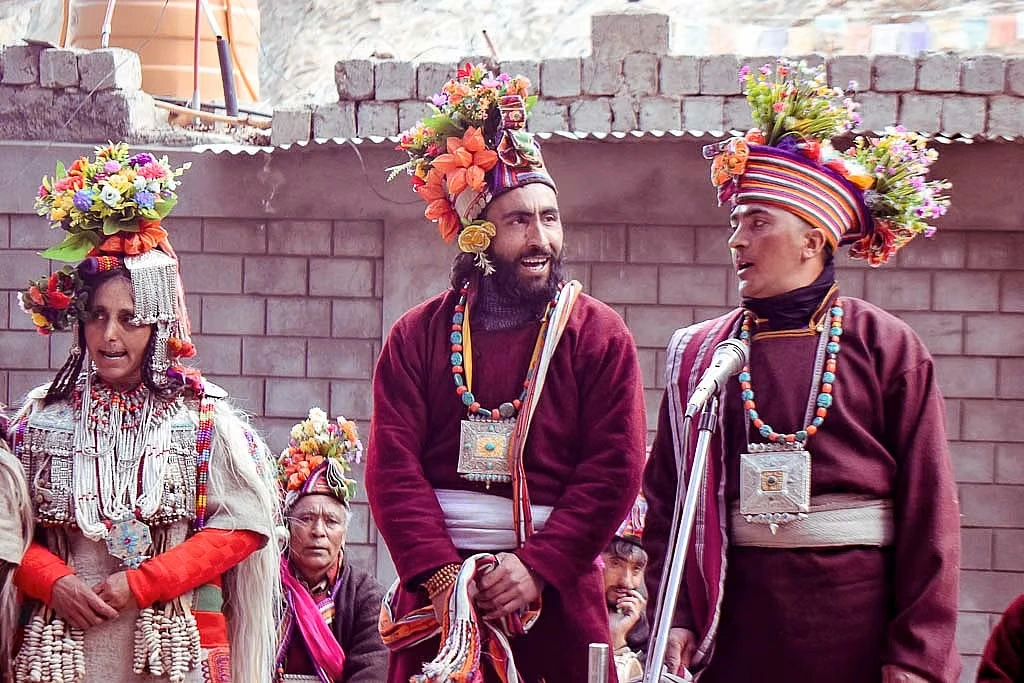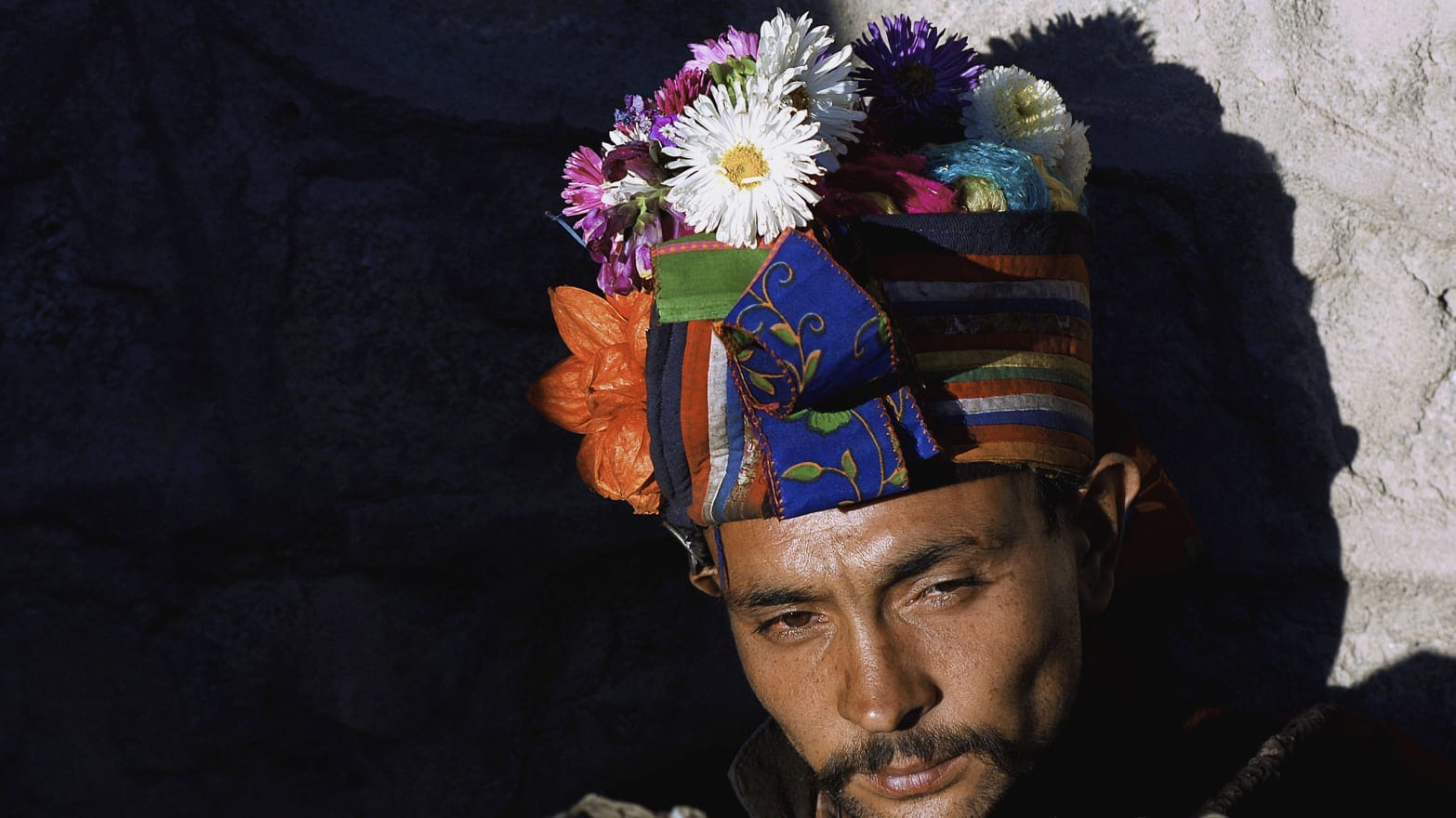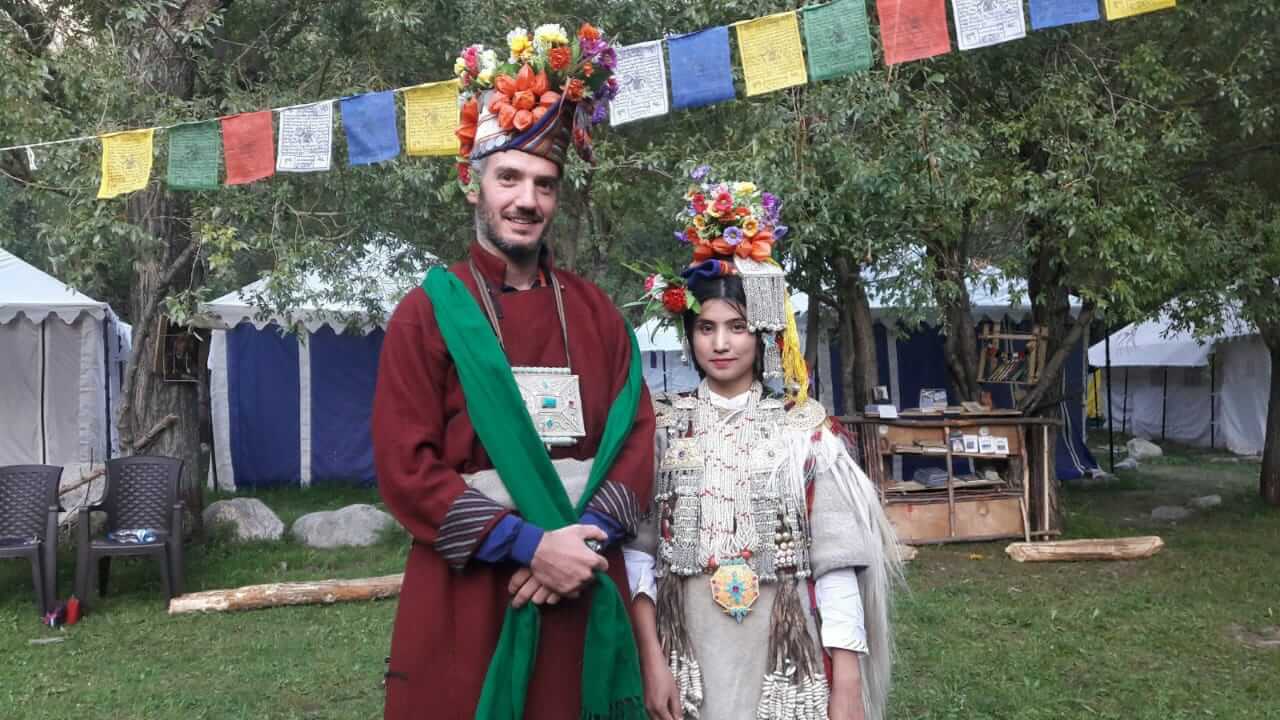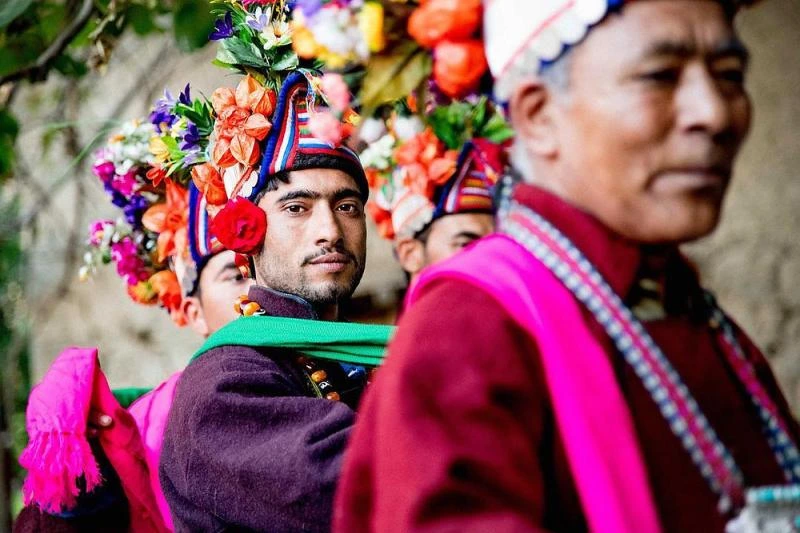In the high-altitude villages of Ladakh, tucked away from modern hustle and nestled between ancient beliefs and stunning landscapes, lies the curious case of so-called pregnancy tourism. Unlike typical maternal travel for healthcare or citizenship benefits, here, it is not hospitals or legal loopholes that draw people, but a myth. A myth about race, history, and ‘pure Aryan bloodlines’.
While largely based on folklore and racial mythologies, the phenomenon of foreign women, primarily from Europe, visiting Brokpa villages in Ladakh to conceive children is a story that refuses to die. Whether driven by misguided fascination, racial ideology, or sensationalised tourism narratives, it raises uncomfortable questions about exploitation, consent, commodification of culture, and the global obsession with ancestry.
What Is Pregnancy Tourism?
Typically, pregnancy tourism refers to expectant mothers travelling to another country during pregnancy or for childbirth. The reasons vary, some seek better healthcare, others aim to secure jus soli (citizenship by birth) for their child in a more economically or politically stable country.
In many cases, women from developing nations travel to the United States, Canada, or Europe in the hope that their child will be granted citizenship and access to superior education, healthcare, and future opportunities. Entire industries exist around facilitating such travel, with legal, ethical, and bureaucratic debates surrounding them.
But in Ladakh’s Aryan Valley, pregnancy tourism takes a bizarre turn.
A Different Kind of Pregnancy Tourism in Ladakh
Here, pregnancy tourism is less about legal systems and more about lineage. The Brokpa people (also called Drokpa or Drogpa) inhabit villages like Dah, Hanu, Darchik, Garkon, and Biama in Ladakh. Known for their light-coloured eyes, tall stature, and fair skin, they look different from most Ladakhi communities, whose features are more typically Tibetan-Mongoloid.

This physical appearance has long fed into a narrative that Brokpas are direct descendants of soldiers from Alexander the Great’s army, which allegedly settled in the region over 2,000 years ago. The idea: they are the last pure Aryans.
The myth-driven tourist
Reports suggest that over the years, foreign women, especially from Germany and other parts of Europe, have visited these villages, not just as cultural tourists, but with a startling goal: to conceive a child with a Brokpa man. Some are allegedly driven by a desire to ‘preserve Aryan genes’, a disturbing echo of Nazi-era racial purity ideologies. Others are simply drawn in by the exoticised myth.
The 2006 Documentary That Sparked Curiosity
In 2006, a German documentary titled The Aryan Saga showed European women travelling to Brokpa villages to conceive ‘Aryan babies.’ It turned heads and stirred controversy. It showcased the allure of the Brokpa men, not for love or culture, but for what the women believed to be ‘genetically superior’ sperm.

Locals claim that the practice has grown more commercialised over time. Some travel agents allegedly maintain databases of Brokpa men for interested women to select from. Men are compensated handsomely, and arrangements are made for women to stay in the village until pregnancy is confirmed, then they leave, often never returning.
Is It Real or Just Tourism Hype?
Not everyone agrees that this phenomenon is widespread. Journalists, anthropologists, and vloggers like Soumil Agarwal have reported mixed reactions. While some villagers acknowledge that foreign women have come with specific intentions, many, including village heads, brush it off as “hearsay” or “overblown.”
Others believe it’s a savvy local marketing tactic, inflated to generate tourism and global intrigue. After all, stories of “pure Aryans” in remote mountain villages are excellent clickbait.
Scientific Reality: No, Brokpas Are Not ‘Pure Aryans’
Despite what the folklore suggests, there is no scientific or genetic evidence to prove that the Brokpas are direct descendants of Alexander’s army or that they possess any unique Aryan gene pool. In fact, the very notion of a ‘pure Aryan race’ has long been debunked by historians and geneticists.
The Brokpa story is, at best, an intriguing cultural myth. At worst, it is being misused to promote racially charged tourism narratives and to exploit both foreign women and local men for profit.
A Cultural Identity Reduced to a Transaction?
While the Brokpas have strong cultural traditions and a rich heritage worth celebrating, reducing their identity to sperm donors for racial fantasies is both dehumanising and deeply problematic.
It also raises ethical questions: Are these men willingly participating? Are the women fully informed and respectful of cultural sensitivities? Is this exploitation or consent-driven exchange?
Moreover, by perpetuating unverified myths, tourism in the Aryan Valley risks becoming a grotesque parody of anthropology, where the lines between cultural curiosity and racial fetishism blur dangerously.
Embracing the Real Ladakh
Ladakh’s Aryan Valley offers much more than legends of bloodlines. It is a region of unmatched natural beauty, spiritual richness, and harmonious coexistence between religions like Buddhism, Islam, and the ancient Bon.



